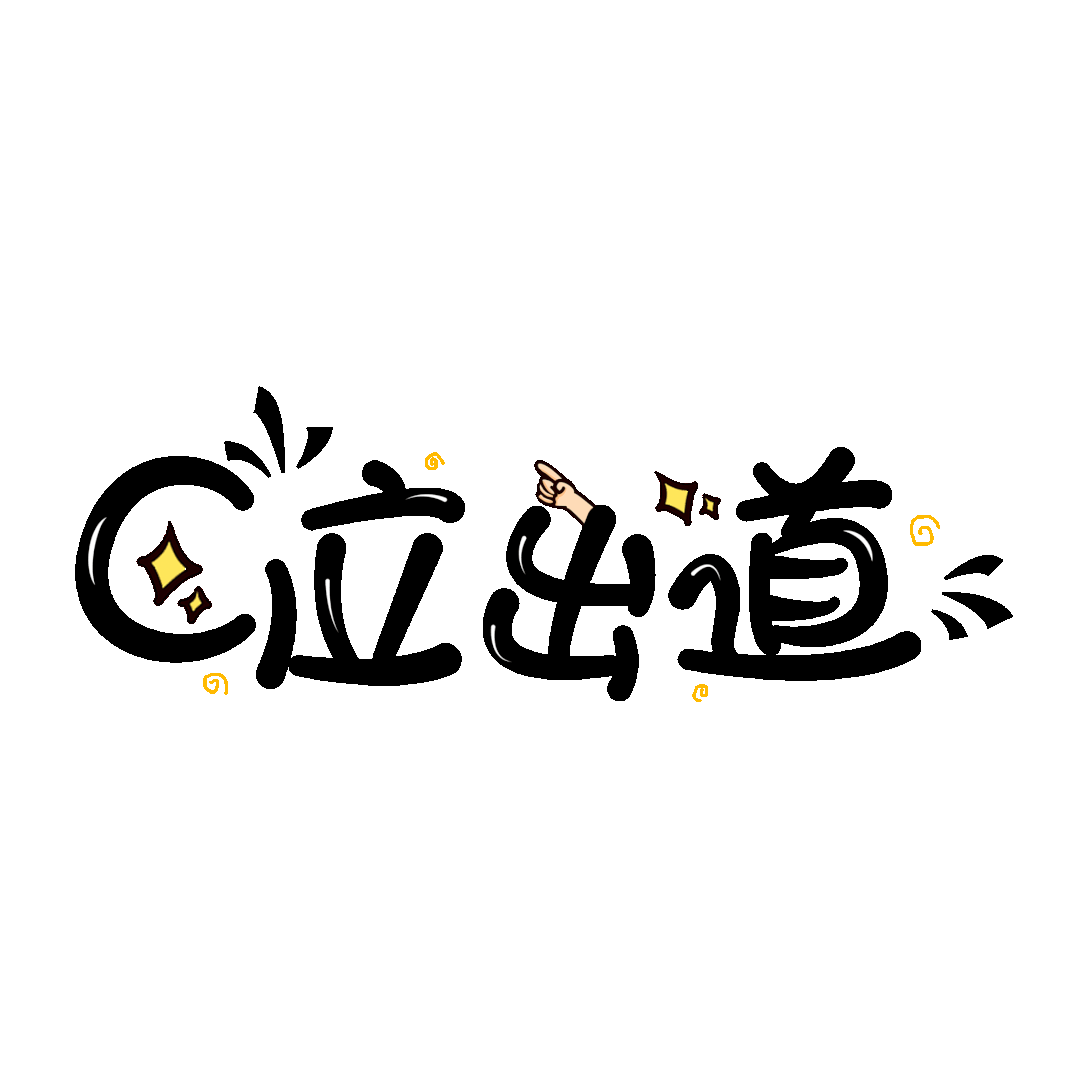/*** Synchronously read the entire file contents as a list of bytes.** Throws a [FileSystemException] if the operation fails.*/Uint8List readAsBytesSync();жҠӣеҮәејӮеёёthrow FormatException('Expected at least 1 section');throwйҷӨдәҶеҸҜд»ҘжҠӣеҮәејӮеёёеҜ№иұЎпјҢе®ғиҝҳеҸҜд»ҘжҠӣеҮәд»»ж„Ҹзұ»еһӢеҜ№иұЎпјҢдҪҶе»әи®®иҝҳжҳҜдҪҝз”Ёж ҮеҮҶзҡ„ејӮеёёзұ»дҪңдёәжңҖдҪіе®һи·ө гҖӮ
throw 'Out of llamas!';жҚ•иҺ·ејӮеёёеҸҜд»ҘйҖҡиҝҮon е…ій”®иҜҚжқҘжҢҮе®ҡејӮеёёзұ»еһӢпјҡ
var file = File("1.txt");try{file.readAsStringSync();} on FileSystemException {//do something}дҪҝз”Ёcatchе…ій”®иҜҚиҺ·еҸ–ејӮеёёеҜ№иұЎпјҢcatchжңүдёӨдёӘеҸӮж•°пјҢ第дёҖдёӘжҳҜејӮеёёеҜ№иұЎпјҢ第дәҢдёӘжҳҜй”ҷиҜҜе Ҷж Ҳ гҖӮ
try{file.readAsStringSync();} on FileSystemException catch (e){print('exception: $e');} catch(e, s){ //е…¶дҪҷзұ»еһӢprint('Exception details:n $e');print('Stack trace:n $s');}дҪҝз”Ёrethrow жҠӣз»ҷдёҠдёҖзә§еӨ„зҗҶпјҡ
try{file.readAsStringSync();} on FileSystemException catch (e){print('exception: $e');} catch(e){rethrow;}finallyfinallyдёҖиҲ¬з”ЁдәҺйҮҠж”ҫиө„жәҗзӯүдёҖдәӣж“ҚдҪңпјҢе®ғиЎЁзӨәжңҖеҗҺдёҖе®ҡдјҡжү§иЎҢзҡ„ж„ҸжҖқпјҢеҚідҫҝtry...catchдёӯжңүreturnпјҢе®ғйҮҢйқўзҡ„д»Јз Ғд№ҹдјҡжүҝиҜәжү§иЎҢ гҖӮ
try{print('hello');return;} catch(e){rethrow;} finally{print('finally');}иҫ“еҮәпјҡ
hellofinallyзұ»Dart жҳҜдёҖй—Ёйқўеҗ‘еҜ№иұЎзҡ„зј–зЁӢиҜӯиЁҖпјҢжүҖжңүеҜ№иұЎйғҪжҳҜжҹҗдёӘзұ»зҡ„е®һдҫӢпјҢжүҖжңүзұ»з»§жүҝдәҶObjectзұ» гҖӮ
дёҖдёӘз®ҖеҚ•зҡ„зұ»пјҡ
class Point {num x, y;// жһ„йҖ еҷЁPoint(this.x, this.y);// е®һдҫӢж–№жі•num distanceTo(Point other) {var dx = x - other.x;var dy = y - other.y;return sqrt(dx * dx + dy * dy);}}зұ»жҲҗе‘ҳDart йҖҡиҝҮ. жқҘи°ғз”Ёзұ»жҲҗе‘ҳеҸҳйҮҸе’Ңж–№жі•зҡ„ гҖӮ
//еҲӣе»әеҜ№иұЎпјҢnew е…ій”®еӯ—еҸҜд»ҘзңҒз•Ҙvar p = Point(2, 2);// Set the value of the instance variable y.p.y = 3;// Get the value of y.assert(p.y == 3);// Invoke distanceTo() on p.num distance = p.distanceTo(Point(4, 4));дҪ иҝҳеҸҜд»ҘйҖҡиҝҮ.?жқҘйҒҝе…ҚnullеҜ№иұЎ гҖӮеңЁJava йҮҢйқўпјҢз»ҸеёёйңҖиҰҒеӨ§йҮҸзҡ„з©әеҲӨж–ӯжқҘйҒҝе…ҚNullPonterExceptionпјҢиҝҷжҳҜи®©дәәиҜҹз—…Javaзҡ„е…¶дёӯдёҖдёӘең°ж–№ гҖӮиҖҢеңЁDartдёӯпјҢеҸҜд»ҘеҫҲж–№дҫҝең°йҒҝе…ҚиҝҷдёӘй—®йўҳпјҡ
// If p is non-null, set its y value to 4.p?.y = 4;еңЁ Dart дёӯпјҢжІЎжңүprivateгҖҒprotectedгҖҒpublicиҝҷдәӣе…ій”®иҜҚпјҢеҰӮжһңиҰҒеЈ°жҳҺдёҖдёӘеҸҳйҮҸжҳҜз§Ғжңүзҡ„пјҢеҲҷеңЁеҸҳйҮҸеҗҚеүҚж·»еҠ дёӢеҲ’зәҝ_пјҢеЈ°жҳҺдәҶз§Ғжңүзҡ„еҸҳйҮҸпјҢеҸӘеңЁжң¬зұ»еә“дёӯеҸҜи§Ғ гҖӮ
class Point{num _x;num _y;}жһ„йҖ еҷЁпјҲConstructorпјүеҰӮжһңжІЎжңүеЈ°жҳҺжһ„йҖ еҷЁпјҢDart дјҡз»ҷзұ»з”ҹжҲҗдёҖдёӘй»ҳи®Өзҡ„ж— еҸӮжһ„йҖ еҷЁпјҢеЈ°жҳҺдёҖдёӘеёҰеҸӮж•°зҡ„жһ„йҖ еҷЁпјҢдҪ еҸҜд»ҘеғҸ Javaиҝҷж ·пјҡ
class Person{String name;int sex;Person(String name, int sex){this.name = name;this.sex = sex;}}д№ҹеҸҜд»ҘдҪҝз”Ёз®ҖеҢ–зүҲпјҡ
Person(this.name, this.sex);жҲ–иҖ…е‘ҪеҗҚејҸжһ„йҖ еҷЁпјҡ
Person.badGirl(){this.name = 'Bad Girl';this.sex = 1;}дҪ иҝҳеҸҜд»ҘйҖҡиҝҮfactoryе…ій”®иҜҚжқҘеҲӣе»әе®һдҫӢпјҡ
Person.goodGirl(){ this.name = 'good Girl'; this.sex = 1;}factory Person(int type){ return type == 1 ? Person.badGirl(): Person.goodGirl();}factoryеҜ№еә”еҲ°и®ҫи®ЎжЁЎејҸдёӯе·ҘеҺӮжЁЎејҸзҡ„иҜӯиЁҖзә§е®һзҺ°пјҢеңЁ Flutter зҡ„зұ»еә“дёӯжңүеӨ§йҮҸзҡ„еә”з”ЁпјҢжҜ”еҰӮMapпјҡ
// йғЁеҲҶд»Јз Ғabstract class Map<K, V> {factory Map.from(Map other) = LinkedHashMap<K, V>.from;}еҰӮжһңдёҖдёӘеҜ№иұЎзҡ„еҲӣе»әиҝҮзЁӢжҜ”иҫғеӨҚжқӮпјҢжҜ”еҰӮйңҖиҰҒйҖүжӢ©дёҚеҗҢзҡ„еӯҗзұ»е®һзҺ°жҲ–еҲҷйңҖиҰҒзј“еӯҳе®һдҫӢзӯүпјҢдҪ е°ұеҸҜд»ҘиҖғиҷ‘йҖҡиҝҮиҝҷз§Қж–№жі• гҖӮеңЁдёҠйқўMapдҫӢеӯҗдёӯпјҢйҖҡиҝҮеЈ°жҳҺ factoryжқҘйҖүжӢ©дәҶеҲӣе»әеӯҗзұ»LinkedHashMapпјҲLinkedHashMap.fromд№ҹжҳҜдёҖдёӘfactoryпјҢйҮҢйқўжҳҜе…·дҪ“зҡ„еҲӣе»әиҝҮзЁӢпјү гҖӮ
еҰӮжһңдҪ жғіеңЁеҜ№иұЎеҲӣе»әд№ӢеүҚзҡ„ж—¶еҖҷиҝҳжғіеҒҡзӮ№д»Җд№ҲпјҢжҜ”еҰӮеҸӮж•°ж ЎйӘҢпјҢдҪ еҸҜд»ҘйҖҡиҝҮдёӢйқўзҡ„ж–№жі•пјҡ
Person(this.name, this.sex): assert(sex == 1)еңЁжһ„йҖ еҷЁеҗҺйқўж·»еҠ зҡ„дёҖдәӣз®ҖеҚ•ж“ҚдҪңеҸ«еҒҡinitializer list гҖӮ
еңЁDartдёӯпјҢеҲқе§ӢеҢ–зҡ„йЎәеәҸеҰӮдёӢпјҡ
- жү§иЎҢinitializer listпјӣ
- жү§иЎҢзҲ¶зұ»зҡ„жһ„йҖ еҷЁпјӣ
- жү§иЎҢеӯҗзұ»зҡ„жһ„йҖ еҷЁ гҖӮ
class Person{String name;int sex;Person(this.sex): name = 'a', assert(sex == 1){this.name = 'b';print('Person');}}class Man extends Person{Man(): super(1){this.name = 'c';print('Man');}}void main(){Person person = Man();print('name : ${person.name}');}дёҠйқўзҡ„д»Јз Ғиҫ“еҮәдёәпјҡPersonManname : cеҰӮжһңеӯҗзұ»жһ„йҖ еҷЁжІЎжңүжҳҫејҸи°ғз”ЁзҲ¶зұ»жһ„йҖ еҷЁпјҢйӮЈд№Ҳй»ҳи®Өдјҡи°ғз”ЁзҲ¶зұ»зҡ„й»ҳи®Өж— еҸӮжһ„йҖ еҷЁ гҖӮжҳҫејҸи°ғз”ЁзҲ¶зұ»зҡ„жһ„йҖ еҷЁ:Man(height): this.height = height, super(1);йҮҚе®ҡеҗ‘жһ„йҖ еҷЁпјҡMan(this.height, this.age): assert(height > 0), assert(age > 0);Man.old(): this(12, 60); //и°ғз”ЁдёҠйқўзҡ„жһ„йҖ еҷЁ
жҺЁиҚҗйҳ…иҜ»
-
-
-
-
-
-
-
-
-
-
-
-
-
-
-
-
-
-
-
-
- PHP е®үе…Ёй—®йўҳе…Ҙй—Ёпјҡ10 дёӘеёёи§Ғе®үе…Ёй—®йўҳ + е®һдҫӢи®Іи§Ј
- ж··е…ғеӨӘжһҒжӢіе…Ҙй—ЁйЎ»зҹҘеҸҠдҝ®зӮјзәІиҰҒ
- hackerе…Ҙй—Ёж–№еҗ‘
- д№°8жҠҳеҘ”й©°иҝҳжҳҜ9жҠҳзҡ„еҘҘиҝӘпјҹиұӘеҚҺе…Ҙй—Ёзә§иҪҰеһӢжҖҺд№ҲйҖү
- macOS 10.15 ж–°жүӢе…Ҙй—ЁпјҢдҪҝз”ЁжҠҖе·§еҲҶдә«
- й»‘е®ўе…Ҙй—ЁеҲ©еҷЁпјҢdvwaж–Ү件дёҠдј жјҸжҙһпјҢеёҰдҪ иҝӣе…Ҙй»‘е®ўеӨ§й—Ё
- mysqlе…Ҙй—Ёзә§пјҢ20еҲҶй’ҹжҗһе®ҡ
- IPең°еқҖеҹәзЎҖе…Ҙй—ЁзҹҘиҜҶ
- жңҖз»Ҹе…ёзҡ„й»‘е®ўжҠҖжңҜе…Ҙй—ЁзҹҘиҜҶеӨ§е…Ё
- GNOME Linux жЎҢйқўе…Ҙй—Ё


















